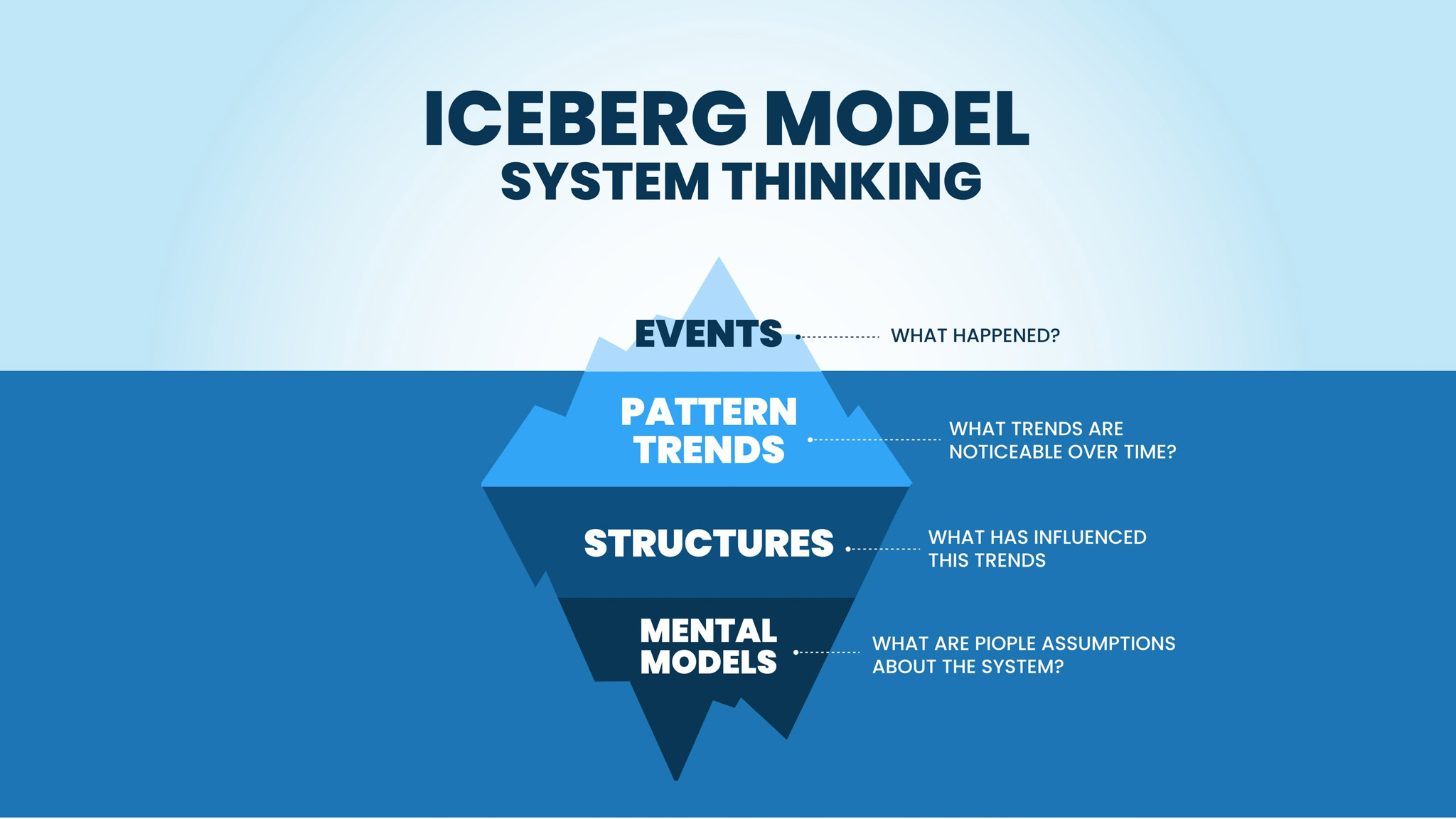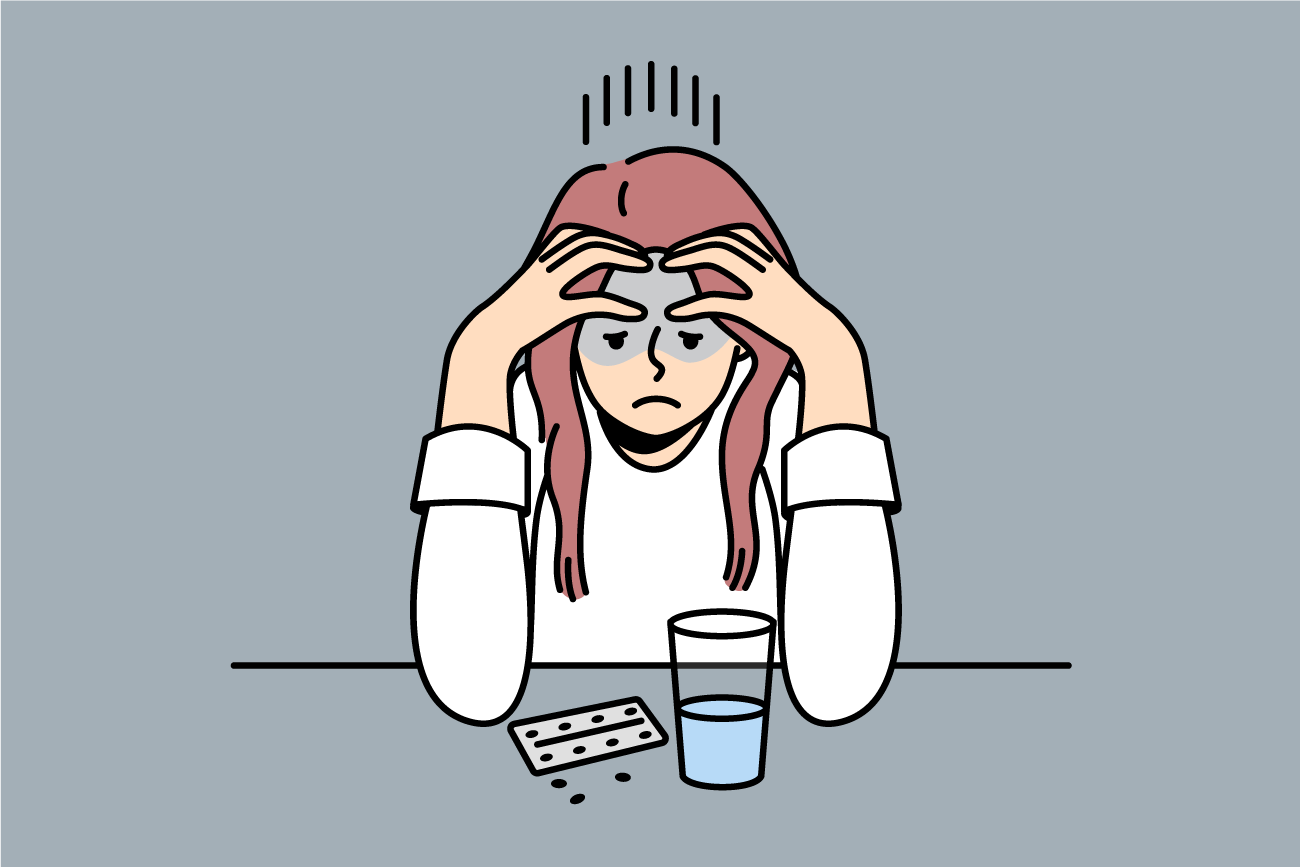Seek to Understand the Big Picture

Whale Design / Shutterstock
If we seek different perspectives and examine changes over time we have a more holistic understanding of a problem. However, systems thinkers go even further. To understand the big picture, systems thinkers look to deeper layers of problem analysis. Systems thinkers understand that the problem they observe is underpinned by patterns, which are produced by structures produced by deeply held mental models. Take the simple example of catching a cold.

Vectorium / Shutterstock
I caught a cold. What do I do about it? I can treat the cold with cold medicine for some temporary relief, but does it solve the problem? Let’s look more deeply.
If I examine the past 6 months of my life, I might realize that I have caught 5 colds. That’s a lot. Why has that trend emerged? If I think deeply about it, I will realize that I have been working long hours because I have recently landed a great new job. I will also realize that I have been neglecting my health as a result of my new job. This is a problem, because the colds I keep catching are starting to interfere with my productivity at this new job which I love.
What is the mental model — the deeply held belief system — that is at the root of my issue? If I dig deeply, I realize that my career is a big part of my identity. That is not a problem, unless it starts to create unhealthy behaviours, and in my case, it has.

Aleksandr Merg / Shutterstock
Now that I have done this deeper analysis, I am ready to think of solutions that will be healthier and more sustainable.
A good night’s sleep and regular meals will help me perform better at the job I love.

Aleksandr Merg / Shutterstock
What is the key takeaway?
Realizing that there are deeper patterns, structures and mental models that interact and give rise to a problem allows us to do more than react to the problem. We can transform the system that created it.